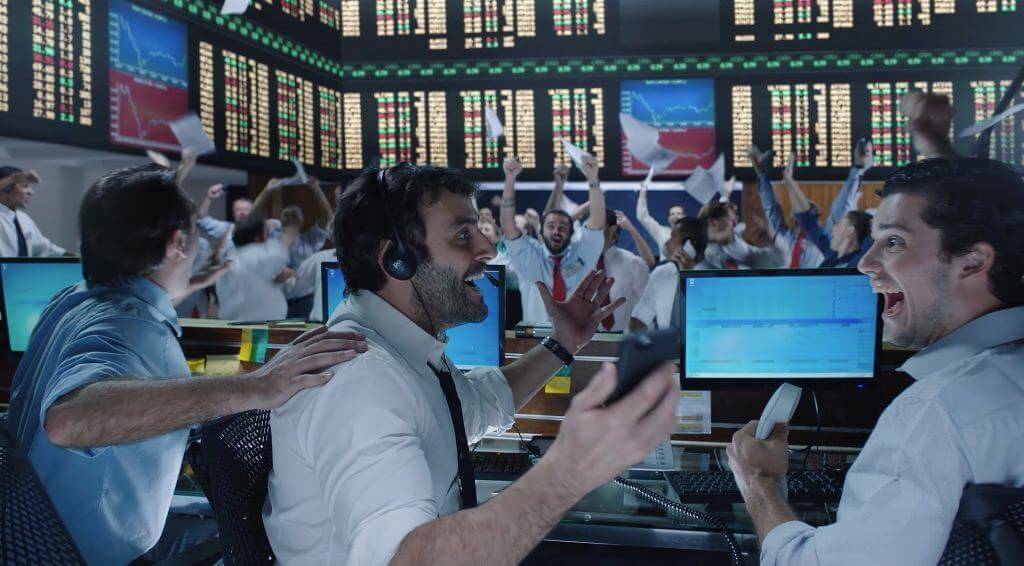It’s 2016, and it seems that every little problem can be
solved with a touch of a button.
Craving some Chinese food? There’s an app for that. Want to
shop? There’s an app for that. What’s the score? There’s an app for that. Just
really bored? There’s a ton of apps for that.
The apps are so plentiful, Apple’s ad campaign featuring the
slogan practically wrote itself. This advertisement, although almost 10 years old (!!!) is still relevant today.
(Vintage IPhone advertisement, circa 2007)
Our smart phones, even though they have the worst
reputation, are not the only electronics that have made us as a society
exceedingly lazy…TV has been doing it for decades.
For years, television has been the greatest source of day-to-day
entertainment. In order to compete with phones and computers abilities to bring immediate, uninterrupted entertainment to consumers, TV evolved.
Thus, the idea of "On Demand" came into being, and products like TiVo were born.
With the creation of DVR, advertisers who had dominated regular TV broadcasting now faced a major dilemma: people were skipping right over commercials. Consumers, while watching a previously recorded program,
zapped through the recorded commercial breaks, and companies paying for those commercials started losing a lot of money.
In the mid to late 2000's, advertisers found themselves grappling with Darwin's famous natural selection theory in terms of zapping. Companies advertising were in a sink or swim situation - either evolve and survive with the changing technology, or keep the same practices and become increasingly ineffective.
Most advertisers have found some ways around zapping. Streaming sites like Spotify, Hulu, Neflix, YouTube, and Pandora all require advertisements to fund their services. Consumers can opt out by purchasing a membership, but ads are still present (and still pretty annoying).
As technology continues to advance, it will be interesting to see how advertising will change as well. Zapping has become somewhat of the norm, and a bullet that advertisers dodged. The next challenge may be more complex.
Do you zap? How would you combat customers practicing zap?





















